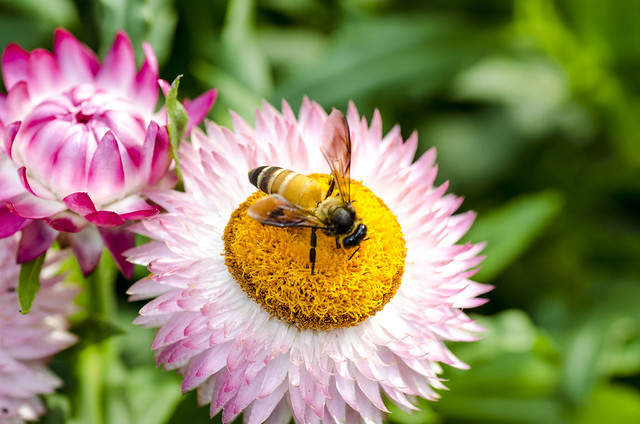Hello friends. In my earlier post I discussed about shutter speed, aperture and ISO. Hope you have experimented with the manual setting a lot and have taken a lot of test pictures. Basically those are the most important three things you need to understand to take a good photo. But there is another setting which is also very important to take beautiful pictures. And that is known as 'White Balance'. Unfortunately, most of us amateur photographers tend to ignore this important thing, set it on automatic and start shooting. In this post I am going to explain what is white balance, why it is important, how to choose white balance correctly. So without wasting further time, let us start-
What is white balance-
In layman's language, we can say that white balance is the in-built color correction feature of our camera. In other words, white balance is nothing more than an adjustment to get the color you want. Still confused?
This example will clear the confusion:- Suppose you are in a room with white walls and there are some bulbs in it. One tungsten bulb, one CFL, and a tube light inside a somewhat grey casing. Now, if you take turns at lighting one bulb at a time,and taking pictures of the walls, you will notice that the white walls do not appear white anymore. The tungsten light makes the walls look like some shade of orange, while the CFL makes the walls look bluish. White balance comes into picture at this moment. It warms or cools the color temperature and renders the wall white in the final image. (Warming color temperature means adding a reddish hue to the picture while cooling color temperature means bluish hue). Consider this example-
This example will clear the confusion:- Suppose you are in a room with white walls and there are some bulbs in it. One tungsten bulb, one CFL, and a tube light inside a somewhat grey casing. Now, if you take turns at lighting one bulb at a time,and taking pictures of the walls, you will notice that the white walls do not appear white anymore. The tungsten light makes the walls look like some shade of orange, while the CFL makes the walls look bluish. White balance comes into picture at this moment. It warms or cools the color temperature and renders the wall white in the final image. (Warming color temperature means adding a reddish hue to the picture while cooling color temperature means bluish hue). Consider this example-


